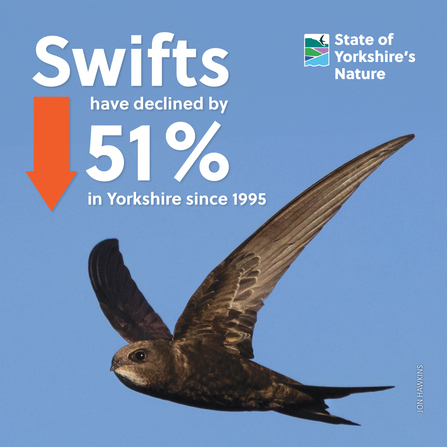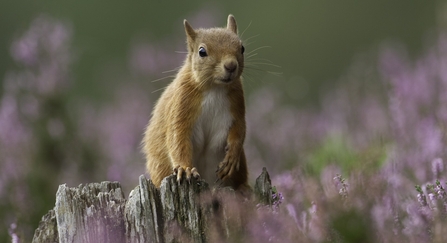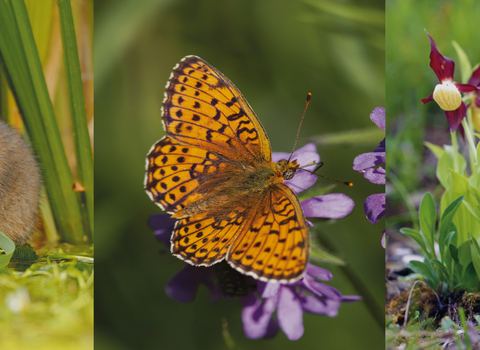The need to count, group and name things of beauty is inherently human. Counting and recording our incredible variety of wildlife began in earnest with the Victorians; who left a legacy both in some of the memorable common names of butterflies, moths and birds.
It is thanks to these records and the mantle taken up by county recorders and species specialists that we have the clearest-ever picture today into how our wildlife is faring. Yorkshire Wildlife Trust’s groundbreaking evidence report into the State of Yorkshire’s Nature, is a first for our whole region. We now know that Yorkshire is home to two-thirds of all British plants, animals and fungi - that’s between 40 and 50,000 species. This astonishing variety helps make Yorkshire special. And yet many of these species are disappearing from our county.



